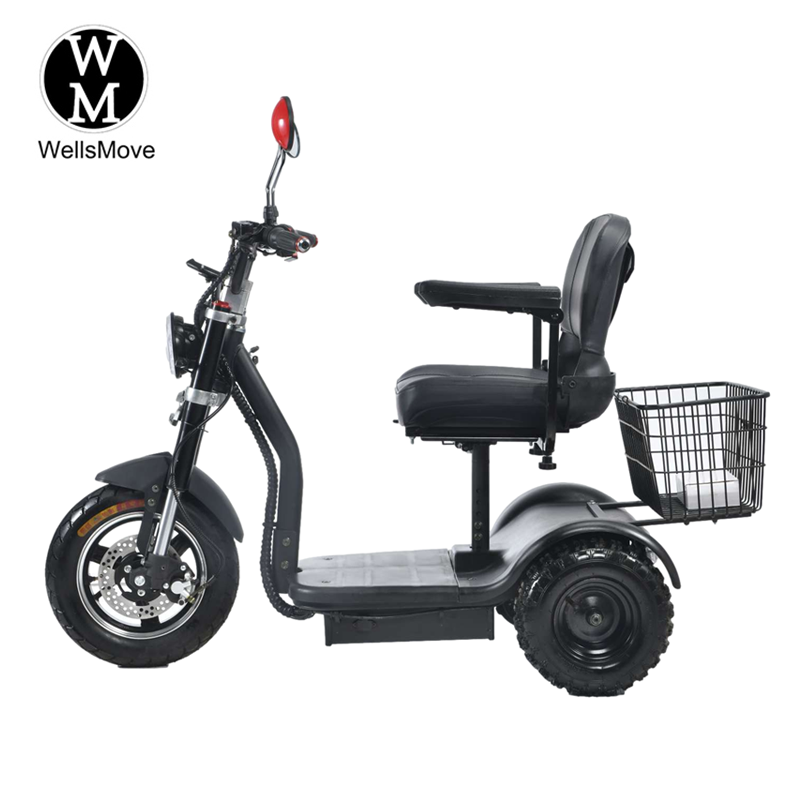Mobility scooters have become an essential tool for many people with disabilities or limited mobility. These motor vehicles provide a means of independence and freedom, allowing users to complete daily activities with ease. However, a common concern among e-scooter users is whether they can take the scooter with them on public transportation, especially buses.
The question of whether a mobility scooter can be taken on a bus can be quite complex and varies by city and transportation system. While many public transportation systems are becoming increasingly convenient for individuals with mobile devices, there are still certain limitations and regulations to consider.
One of the main factors that determine whether an e-scooter is acceptable on buses is its size and weight. Most buses have limited space to accommodate mobility scooters and must adhere to certain size and weight restrictions to transport them safely. Furthermore, the type of scooter and its characteristics (such as turning radius and maneuverability) play a crucial role in determining its compatibility with bus transportation.
Generally speaking, most buses are equipped with wheelchair ramps or lifts that can accommodate mobility scooters. However, it’s important to note that not all buses have this feature, and it may not be available in all areas or at certain times of the day. For individuals who own a mobility scooter, it is important to check with your local transportation authority or bus company to learn about their specific policies and accessibility options.
In some cases, individuals may need to obtain special permission or certification to bring their mobility scooters on buses. This may involve assessing the size and weight of the scooter, as well as the user’s ability to safely drive and secure the scooter within the bus. It is recommended to consult the transport authorities to ensure compliance with their regulations and requirements.
Another important consideration for individuals who own mobility scooters is accessibility to bus stops and stations. While the buses themselves may be equipped to accommodate scooters, it is equally important to ensure that users can safely enter and exit the bus at required stops. This includes the availability of ramps, elevators and designated drop-off and pick-up spaces.
For individuals who may have difficulty taking their e-scooters on buses, there are other transportation options to consider. Some cities offer paratransit services designed for people with disabilities, providing door-to-door transportation using accessible vehicles that can accommodate scooters. This provides a more convenient and tailored solution for those who may face the limitations of traditional bus services.
In addition to public transportation, there are private transportation services and companies that offer services to individuals who own mobility scooters. These may include accessible taxis, ride-sharing services and specialist transport providers offering flexible and personalized solutions for getting around the city.
Overall, while the question of whether e-scooters can be used on buses may present some challenges, there are options and resources available to ensure that individuals with mobility devices have access to convenient transportation. By understanding the regulations and accessibility features of public transportation, and exploring alternative transportation services, individuals can find reliable and efficient ways to get around using e-scooters.
It is important for transport authorities and companies to continue working towards greater inclusion and accessibility for individuals with mobile devices, ensuring everyone has the opportunity to go about their daily lives with ease and independence. By working together to meet the needs of all commuters, we can create a more inclusive and equitable transportation system for people with disabilities.
Post time: Feb-06-2024



